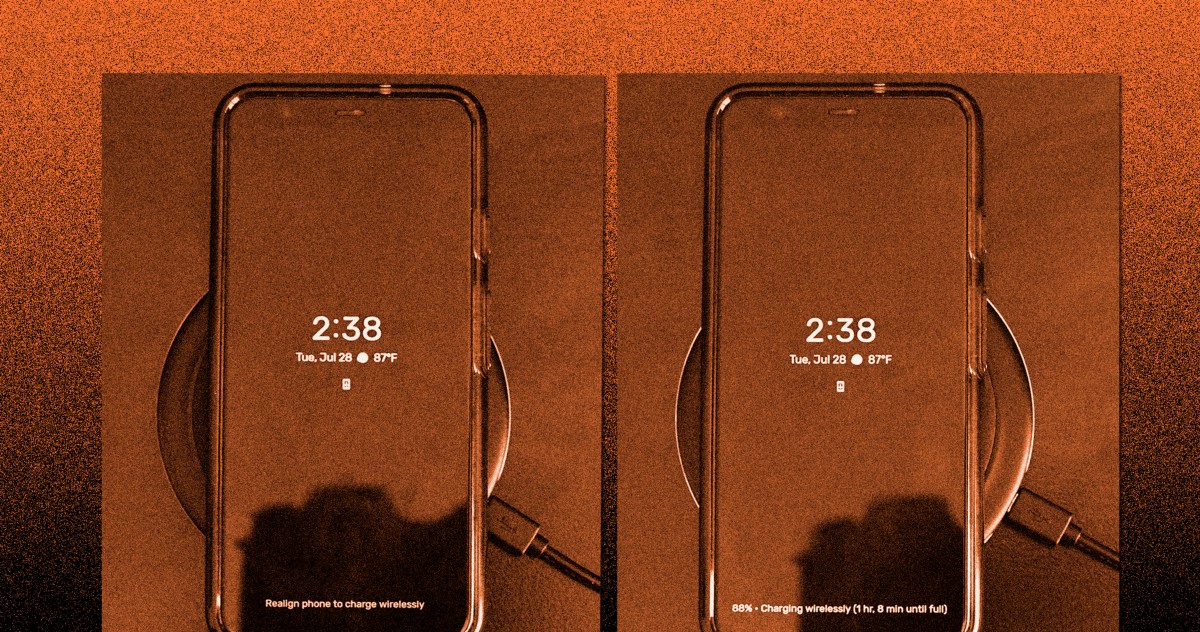- cross-posted to:
- green
- cross-posted to:
- green
this is a macro example of the failures of growthism and it’s unsustainability, a feature for a feature’s sake: removing a 3.5 mm headphone port which is a universally useful connector to everyone, which was universally adopted by all IEMs is removed because “sPaCE sAvINg” is framed as a feature somehow, yet putting a giant coil with all the accompanying circuitry just to provide to the customer the ability to charge their phone in a much less convenient and frankly more stupid way is also a feature 🤷♀️
the idea of wireless charging in it’s current form is just really dumb: at a point when a wireless charger would maybe be able to provide more movement freedom than a 3 meter cable (if that is ever going to happen) the energy waste and charger size would be tremendous
They’re anti-features. They at best only provide marginal benefit for the user (and often not worth the cost, monetary or otherwise), at worst they outright make the product worse, but they’re good for profit so they keep getting implemented.
deleted by creator
yup, and plus there’s now two DACs and AMPs (two in phone and two in headphones)
it’s also curious how so many people have decided for themselves that having one more device that you have to recharge every day is somehow more convenient than dealing with wires 🤷♀️
I don’t like wireless charging but also I don’t think that this will become a problem…
Reducing charging efficiency by half is definitely a problem considering just how many smartphones there are
Why. Just because there is a lot of something doesn’t mean it’s a problem.
Think about how much power seven billion phones use, and now think about increasing it by half. That’s a lot of unnecessary power.
Wireless charging also reduces battery lifespan by heating it up. If it’s half as efficient, that energy isn’t just disappearing, it’s being dissipated as heat in the device and the charger. Shorter battery lifespans means we need more batteries, or, since most phones are glued together with no easy way of disassembly these days, more phones in general. More batteries and phones require resources and energy, and some of the materials are mined using extremely unethical labour.
Think about how much power seven billion phones use
not very much compared to heating, AC, cooking or literally any other electrical appliance.
Maybe not, but why put further stress on the environment when you don’t need to?
The battery degradation problem is serious though. Even without wireless charging, none of my battery powered devices stay usable for more than a few years anymore despite me still being happy with the compute hardware. Our current rate of electronics production is already heavily straining the environment and also produces a massive demand for unethical labour. It will only get worse if manufacturers decide to ditch wired charging for wireless.




